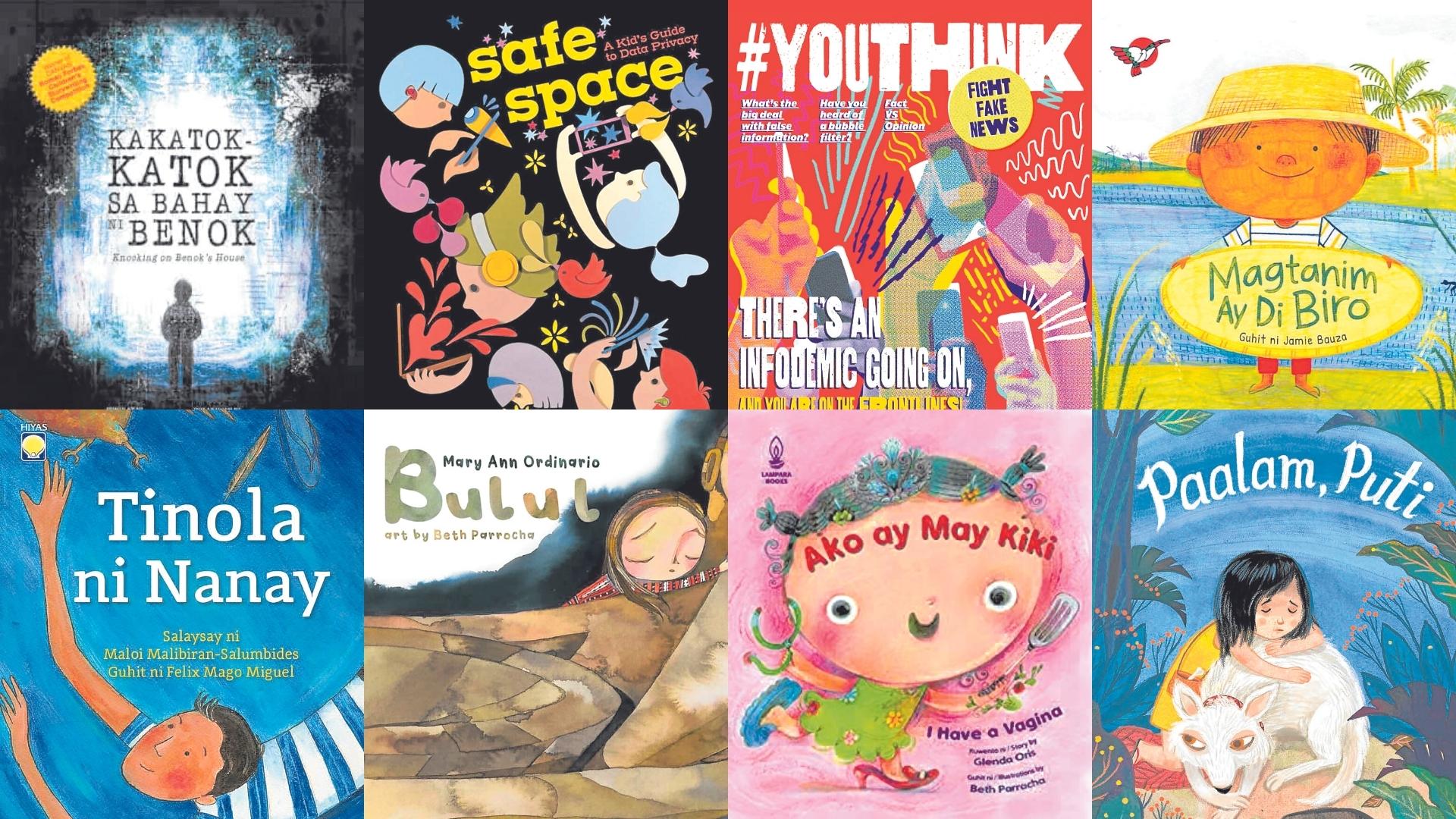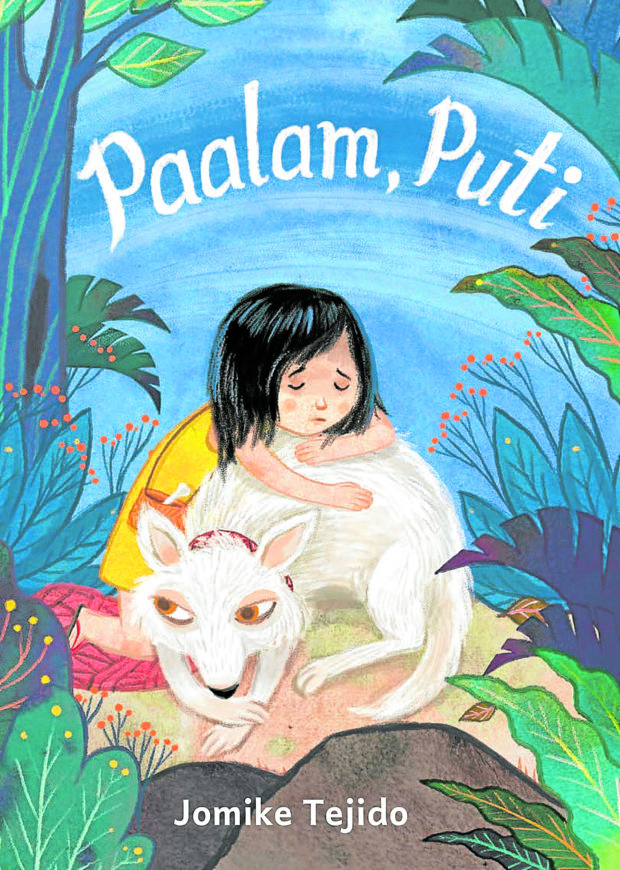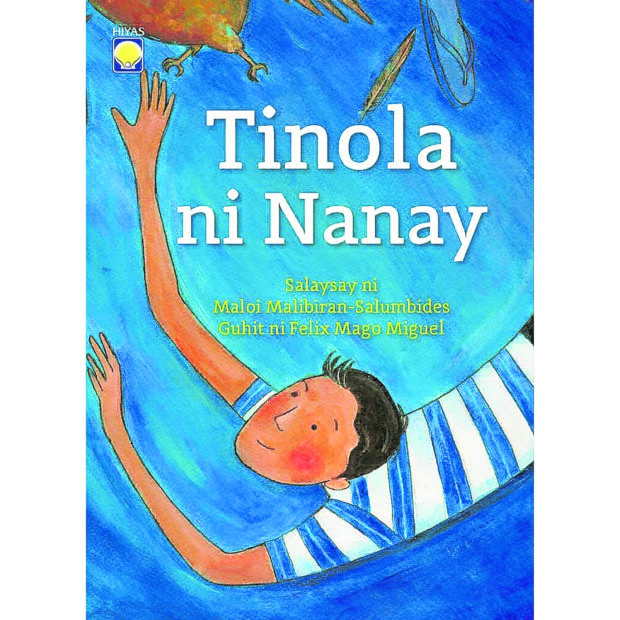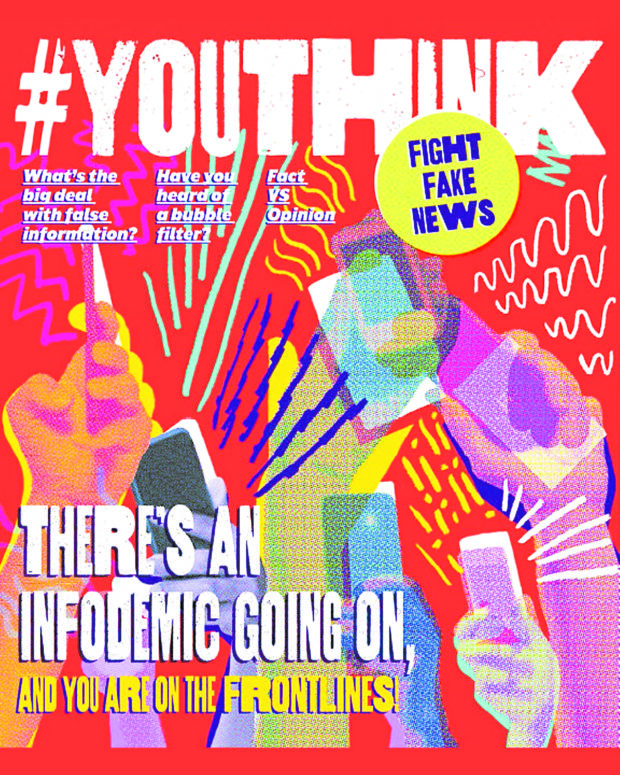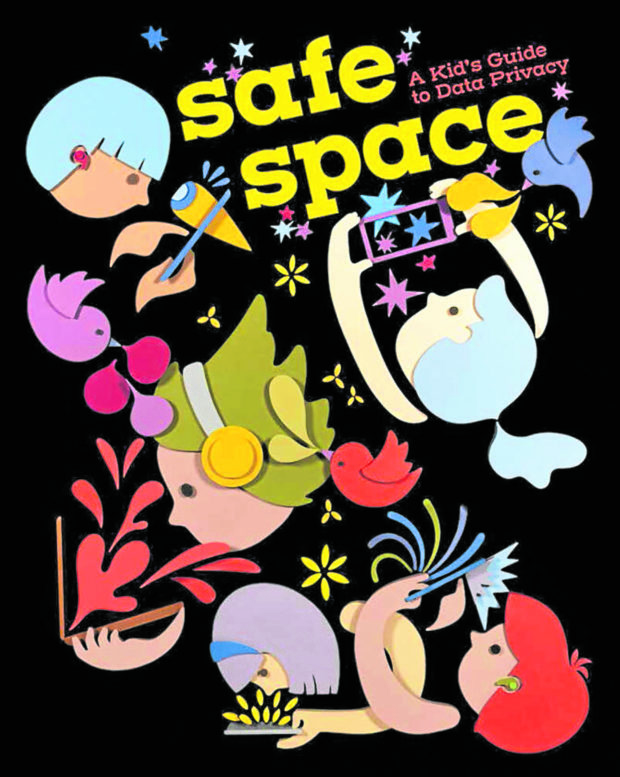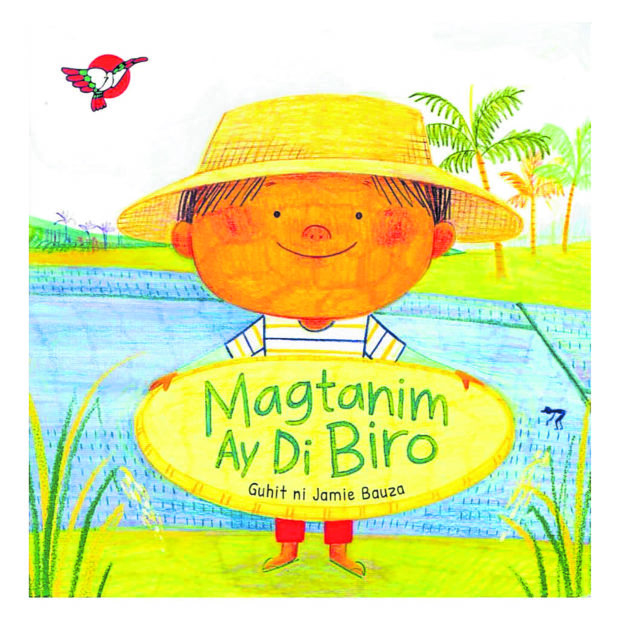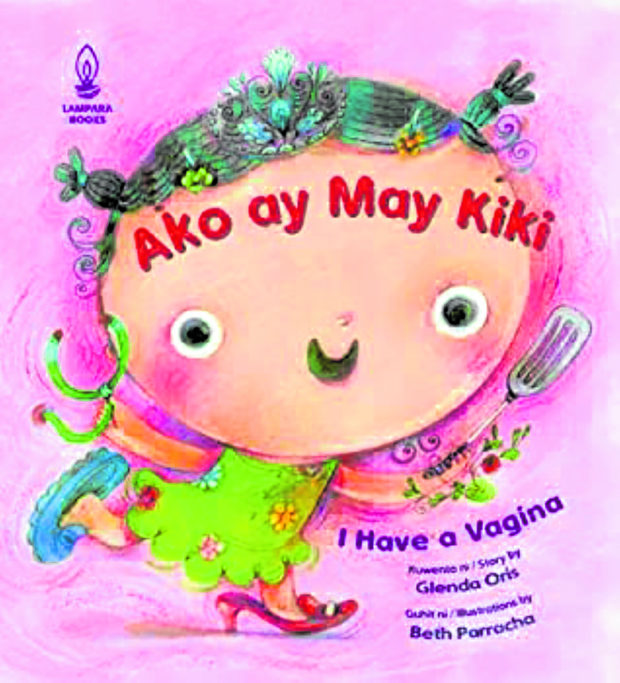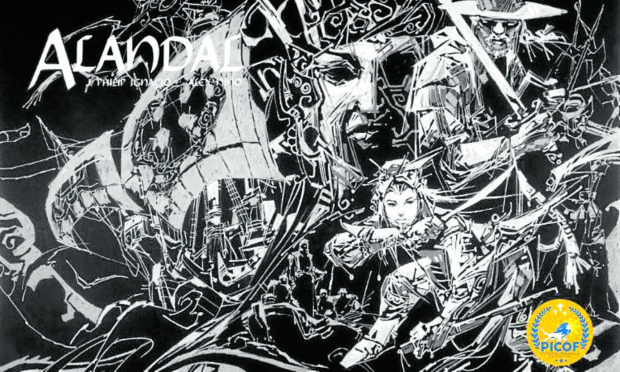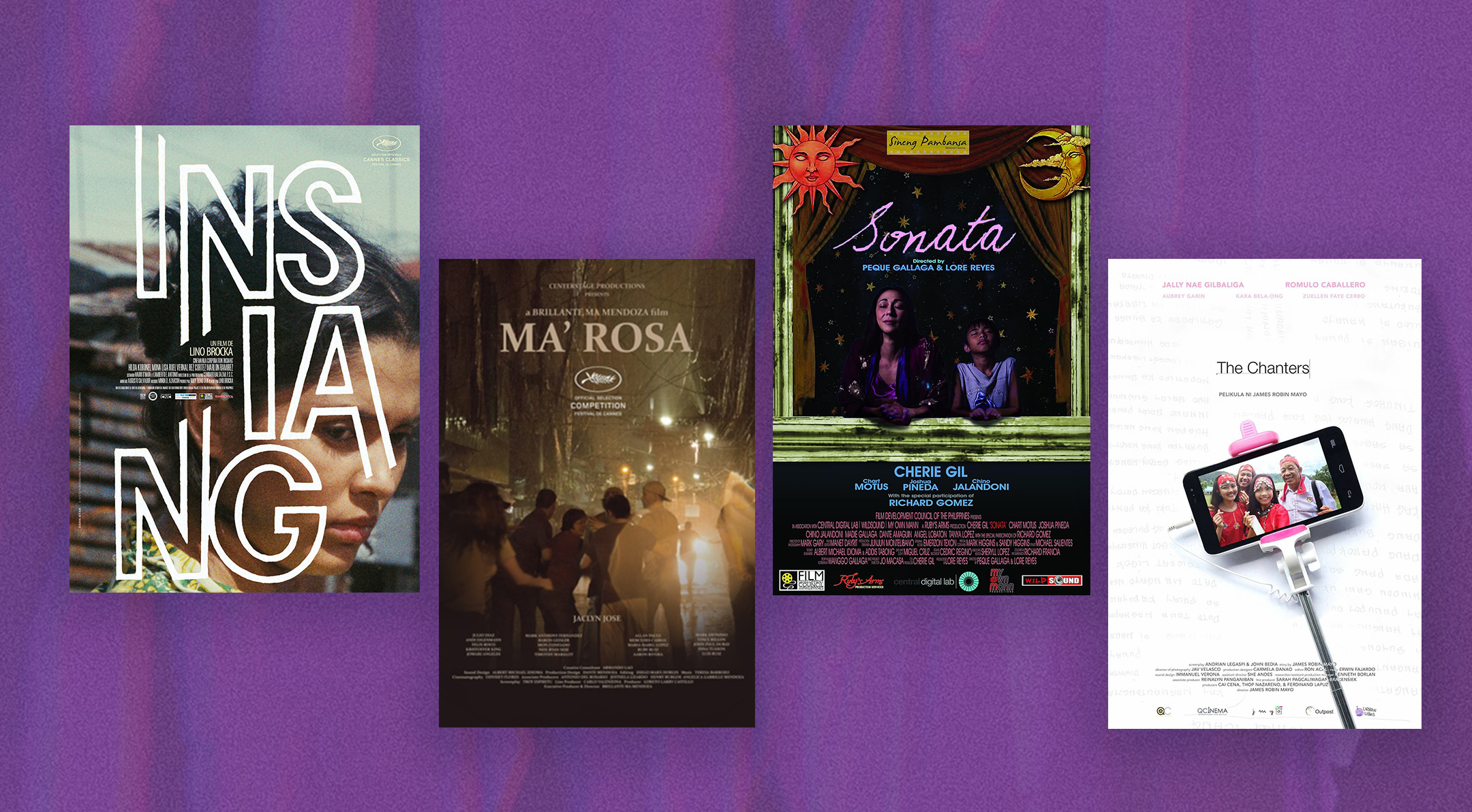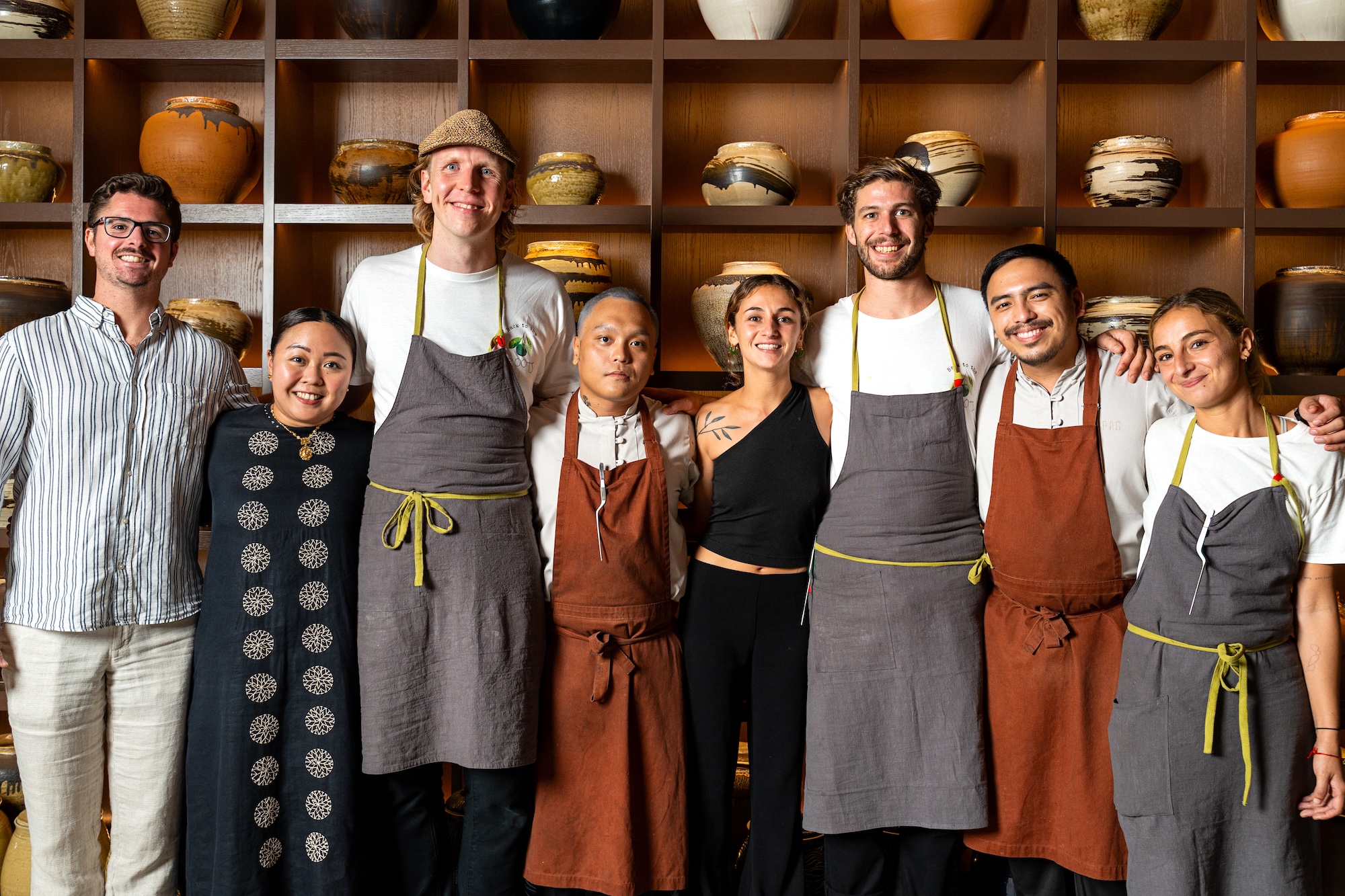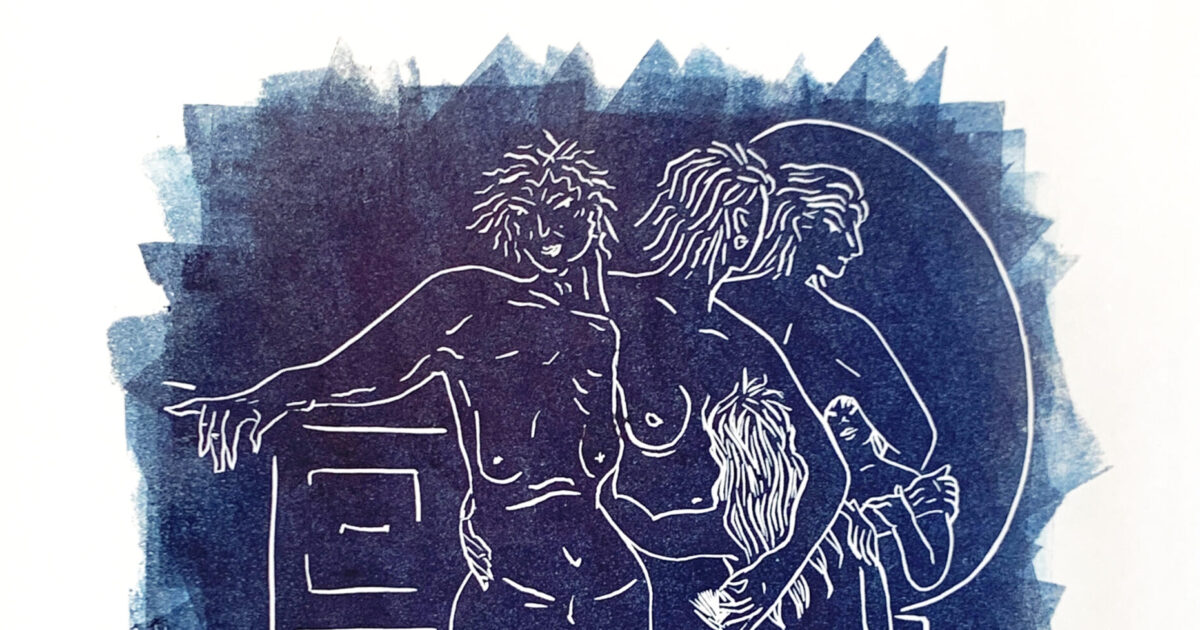The Best Reads for 2022 were recently announced in a virtual ceremony by the Philippine Board on Books for Young People and the National Book Development Board, to celebrate National Children’s Book Day, July 19, or every third Tuesday of July.
This was the seventh such selection, done on alternate years, drawing up a recommended reading list of top titles published in the last two years.
It is significant that this is the first year that 10 titles made it to Best Reads this year. It is a milestone, and only shows how feverishly busy the children’s book publishing world has been during the lockdown.
The genres represented are equally amazing—a graphic novel, children’s stories of loss, picture books highlighting Philippine culture and tradition, and contemporary themes in Philippine society—all to be enjoyed by readers of all ages, with titles to inspire towards a woke citizenship.
The titles are not ranked, all equally worthy of consideration by readers, librarians, parents and teachers.
‘Paalam, Puti’ written and illustrated by Jomike Tejido, Anvil Publishing Inc.; 2021
A touching story of a little girl bidding her pet dog Puti a final goodbye. In a very simple and brief narrative, the reader is allowed to view their playful times together, until the day she discovers his death. The loss is easier to bear because she imagines seeing Puti in the heavens and says her usual, “Huli ka, Puti,” after finding him in his hiding places. A dignified way to introduce loss to children.
‘Tinola ni Nanay’ by Maloi Malibiran-Salumbides, illustrated by Felix Mago Miguel; OMF Literature, 2020
For the birthday of his mother from whom he has been separated, Caloy prepares a special tinola for her, assisted by his lola. As he playfully and happily cooks it, he remembers his mother’s piece of advice that the food always tastes better if the cook is in a happy mood. One savors the tinola in words, even if one is eager to know why the mother is so far away, with the sleek-looking structures providing a hint.
‘Bulul’ by Mary Ann Ordinario, art by Beth Parrocha; ABC Educational Development Center, 2021
The age-old Ifugao tradition of bulul carving provides the context for coping with the loss of the family’s master carver, the family patriarch Alapo. The story begins, “Little Bugan liked how the wood shavings curled up and fell away with each smooth stroke of her grandfather’s carving tool.” It was intended to be a story on coping with loss, but it is the tradition of the rice gods that is more compelling.
‘#Youthink’ by Gigo Alampay, illustrated by Liza Flores, Abi Goy, Frances Alvarez, Jamie Bauza; Canvas, 2020
An important publication meant to help young readers discern, filter, and combat false information, it contains solid tips on how to cope with the “infodemic” spreading around us. Consider it a valuable survival kit, as it is everything you have always wanted to know about fake news.
The most striking pages are the ones on pages 10-11 showing how false information can spread beyond anyone’s control. The activity pages are interesting—spotting the difference in photos, a word puzzle, and a Fact and Opinion exercise.
The book ends with messages from experts on politics, health, science and media. What a rich resource for teachers and young researchers.
‘Safe Space: A Kid’s Guide to Data Privacy’ by Gigo Alampay, illustrated by Liza Flores, Abi Goy, Frances Alvarez, Jamie Bauza; Canvas, 2020
The concept of data privacy is conveyed so effectively in this book, thanks to its simple text and playful illustrations. At the outset, it says that the internet is fun to access but safety is important, balance is the key.
How is that message conveyed? Through a coloring exercise to show how one uses the internet, through choosing good and bad internet activities, a board game to the safe side of the Net, a word search, a maze, a T-shirt design about yourself using only emojis, all the info to be harvested through “innocent” posts, a bingo, even a secret message page. There is the startling reminder that “Nothing is ever really deleted,” ever.
‘Kakatok-Katok sa Bahay ni Benok: Knocking on Benok’s House’ by Mon Sy, illustrated by Faye Abantao; Canvas, 2020
This book captures the fear and the terror that the evening Knockers leave in people who realize that their friends and neighbors simply disappear after every knock by men in white. “Everything changed with one knock.”
For their safety, Benok’s family moved to the woods, to a house that also experienced knocks—from neighbors in need of a refuge. “ … when the families took shelter together, it was almost as if the ceiling grew higher and the walls stretched wider .. .as if their tiny shack grew like a magical mushroom.”
How this new community in the woods outwitted the Knockers, thanks to Benok’s simple idea, is a triumph that the reader, with the grim and dark mood the dramatic illustrations have instilled, welcomes. It’s a commentary on perilous times made real.
‘Magtanim ay di Biro’ illustrated by Jamie Bauza; Adarna House, 2021
A delight to sing a familiar song of childhood with these colorful and winning illustrations. A gem of a board book for tiny hands.
‘Ako ay May Kiki: I Have a Vagina’ by Glenda Oris, illustrated by Beth Parrocha; Lampara Publishing House Inc., 2020
The narration is forthright and respectful, as the feminine private part is referred to by its proper name. The little girl is told that because of her gender, she has a vagina, and like all parts of the body, it needs to be kept clean. She is then reminded of its proper care and how she should behave even at play so that her panty is never seen. The important insight for all little girls is that the vagina is a delicate part that no one is allowed to see nor touch, only “Mama and me.”
‘Cely’s Crocodile: Si Cely at ang Buwaya, The Art and Story of Araceli Limcaco Dans’ by Gabriela Dans Lee, illustrated by Adrian Panadero; Tahanan Books for Young Readers, 2020
The story of Araceli the artist from childhood through the war years, to the period where her art could help pay family bills, shows her passion for art which nothing could dampen. The realization that beauty could be found in even the simplest objects continues to inform her remarkable art, something she continues to indulge in today, even in her 90s.
“ … there was beauty to be captured wherever she looked: the lovely, intricate lace shawls worn by young women as they attended church … gumamelas blooming in the family garden, the shining scales on a crocodile’s back.”
The last image refers to the crocodile in the title, because of the live creature her father brought home from a business trip and dumped into the family pool—an object of fear for her sisters, but a wonderful creature whose features charmed the young Araceli to capture in her drawings.
‘Alandal’ written by J. Philip Ignacio, illustrated by Alex Niño; Komiket Inc., 2021
What a riveting graphic novel on the battles in southern Mindanao between fleeing galleons and vintas, a recreation of author’s daydreams of what those 16th- and 17th-century clashes might have been like. The art is spectacular, the narration intriguing. I love the inclusion of two warrior women, Sabina and Fatima, and how Alandal is brought to life and reborn. Enjoy these lines: “Blade met with blade. Until native steel met Spanish throat. Those who survived surrendered.” “From one horror, I awake to another,” says one character. It also holds true for the reader.
Kids’ Choice Awards
A component of the NCBA is the Kids’ Choice Award, selected by a panel of child judges ages 6 to 16, who voted for their 10 favorite picture book and chapter book titles. The 10 child judges were avid readers from Teach for the Philippines partner schools in Metro Manila, Isabela, Cagayan de Oro and Negros Occidental.
Paula Cabochan, PBBY chair, says it is important to allow the children to make their choices, “They are truly focused on the story … it resonates with them, while the adult judges can sometimes be more technical in their judging.”
The Kid’s Choice Awards had no overlap with the Best Reads selection. All deliberations were via Google Meet.
Chapter Books Category
“The Quick and Careful Adventures of Muni” written and illustrated by Denise Nicole P. Tolentino (Adarna); “I am the Change in Climate Change” by Alyssa M. Peleo-Alampay, PhD, illustrated by Ang Ilustrador ng Kabataan (Canvas); “Anak ng Tinapay” by Jacqueline Franquelli, illustrated by Daniel Tingcungco (OMF-Hiyas); “Maselan ang Tanong ng Batang si Usman” by Dr. Luis P. Gatmaitan, illustrated by Danielle Florendo (OMF– Hiyas); “Ang Mga Alitaptap ng Pulang Buhangin” by RH Quilantang (Komiket); “Doobiedoo Asks” by Bambi Eloriaga-Amago, illustrated by Roland Amago (Komiket); “Little Wolf” by Cat S. (Komiket); “Twinkle, Twinkle” by Tori Tadiar (Komiket); “Catch a Falling Star (Filipino Edition)” by Cristina Pantoja Hidalgo, translated into Filipino by Chuckberry J. Pascual (Lampara); “Sinta” by Ana Digi, illustrated by Biboy Royong (Street Tales Publishing House).
Picture Books Category
“Paano Magbilang si Nanay?” by John Patrick Solano, illustrated by Kenneth Justine Licaycay; “Si Gino Gulay” by Jerome Vitug, illustrated by Lloyd Zapanta; “Palaruang Bahaghari” by Mark Norman Boquiren, illustrated by Paul David Arcos; “Cassy’s Chair” by Meanne Mabesa Mijares, illustrated by Joey Ellson; “Our Neighbor’s a Witch” by Kristoffer Angelo Vargas, illustrated by Joey Ellson; “Maruray, Ang Diwatang Hindi Kagandahan” by Maria Isabelle Laguitan, illustrated by Jan Rex Casiroman; “Supremo Kiddo” by Mark Norman Boquiren, illustrated by John Patrick Gañas; “Nang Matutong Bumasa si Mariano” by Jacqueline Tiu, illustrated by Alissa Evangelista; “Si Kuya Ding sa Imahelandia” by Darwin Medallada, illustrated by Alissa Evangelista; “Viva, Pit Señor” by Danica M. Guevarra, illustrated by Jovanni Belmonte (all books published by Chikiting Books). —CONTRIBUTED

